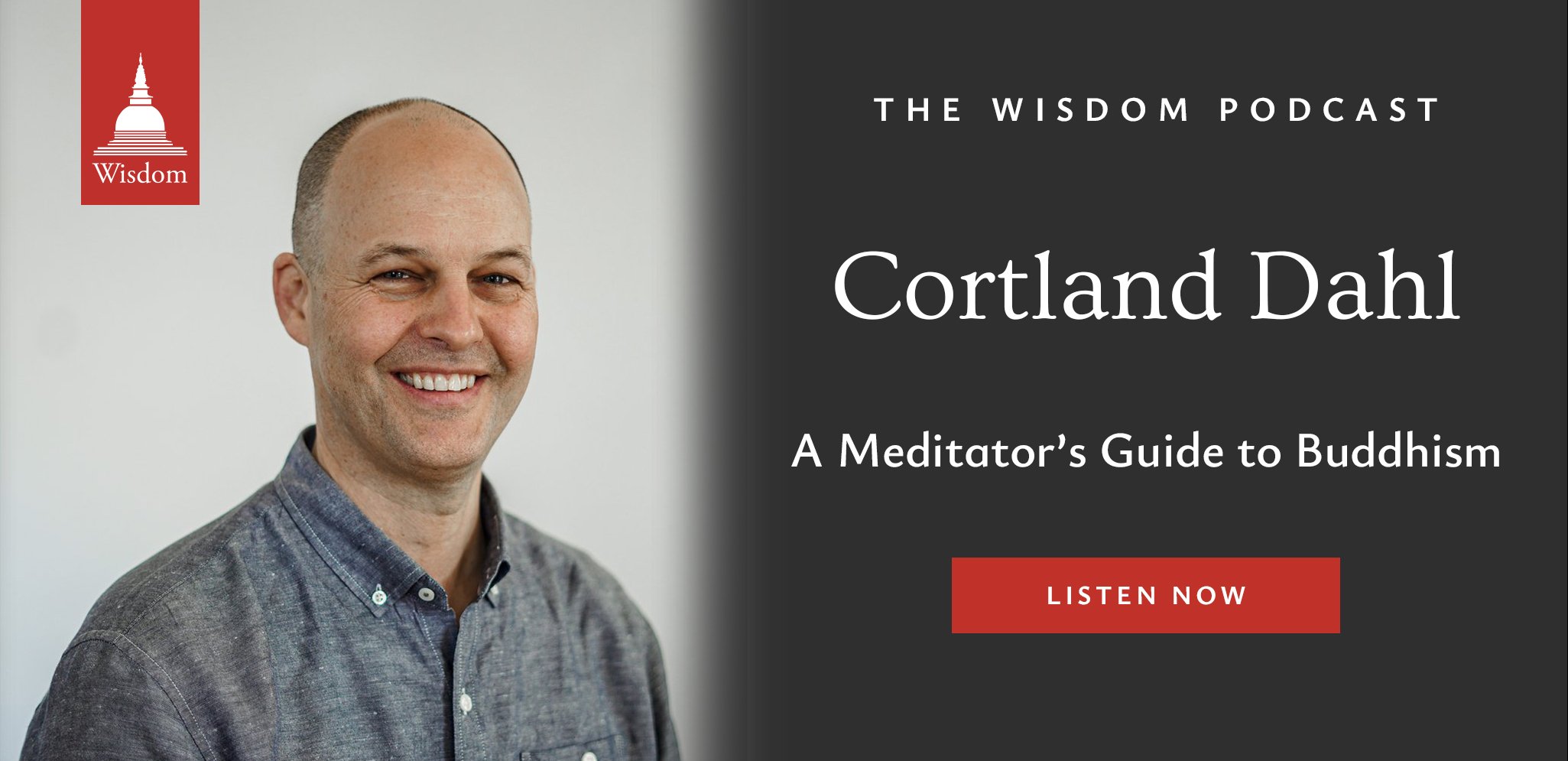In this course on the ancient Tibetan practice of dream yoga, Geshe Tenzin Wangyal Rinpoche guides you through a deep exploration of the dream state.
Rooted in the Tibetan Bön Buddhist tradition, dream yoga is an advanced spiritual practice in which you can rediscover your dreams as potent vehicles for enhancing awareness in both dreaming and waking states. These vehicles can help you to move toward transforming your consciousness and your life, leading toward attaining ultimate liberation.
The eventual goal of dream yoga is not solely to learn to dream lucidly, but also to recognize the illusory nature of both dreams and waking life and to realize the true nature of reality. Dream yoga is also a preparation for death: as Rinpoche teaches, your ability to be grounded, peaceful, and aware during the dying process will depend on the success of your previous dream yoga practice.
If you’re feeling trapped, or if you find that you keep repeating unhelpful behaviors, dream yoga may provide a helpful antidote, while helping you to see for yourself the illusion-like nature of reality.
Please note: meditations are not downloadable in this course. We apologize for any inconvenience!

Cortland Dahl: A Meditator’s Guide to Buddhism (#209)
Posted
In this episode, Cortland Dahl and Daniel Aitken discuss Cortland’s book A Meditator’s Guide to Buddhism. As an author and translator, Cortland has published numerous scientific articles and works on Buddhist philosophy and meditation. He is actively involved in scientific research and has published articles on the impact of meditation practices on the body, mind, and brain. They explore crucial themes such as the integration of meditation, view, and application in daily life, and explores concepts like naturalness, spontaneity, and the innate qualities of awareness, compassion, and wisdom.
You’ll also hear Cortland and Daniel discuss:
- the scientific perspective on meditation;
- various scientific approaches to mindfulness;
- the challenges related to measuring mindfulness;
- the concept of being vs. doing and how to integrate being into daily life; and
- much more!
Mentioned in this episode:
Center for Healthy Minds

About the Interviewee

Cortland Dahl is Executive Director and Instructor of Tergar International. Cortland has practiced meditation for nearly three decades and is actively involved in the scientific study of meditation. He holds a Ph.D. from the University of Wisconsin, where he was mentored by renowned neuroscientist Dr. Richard Davidson, and an M.A. in Buddhist Studies from Naropa University. In addition, Cortland serves as a Research Scientist and the Chief Contemplative Officer at UW-Madison’s Center for Healthy Minds and the center’s affiliated non-profit, Healthy Minds Innovations.
